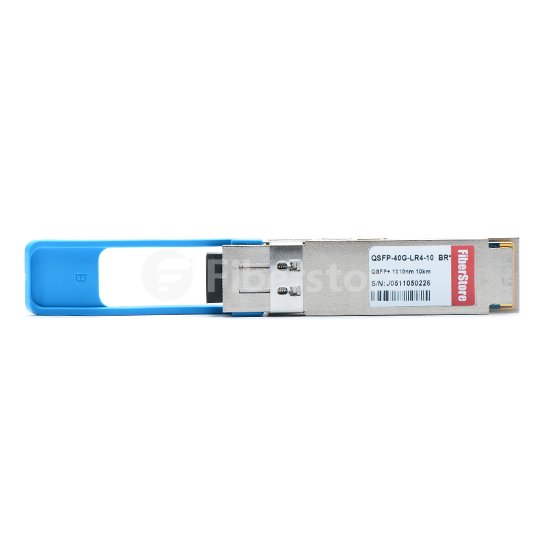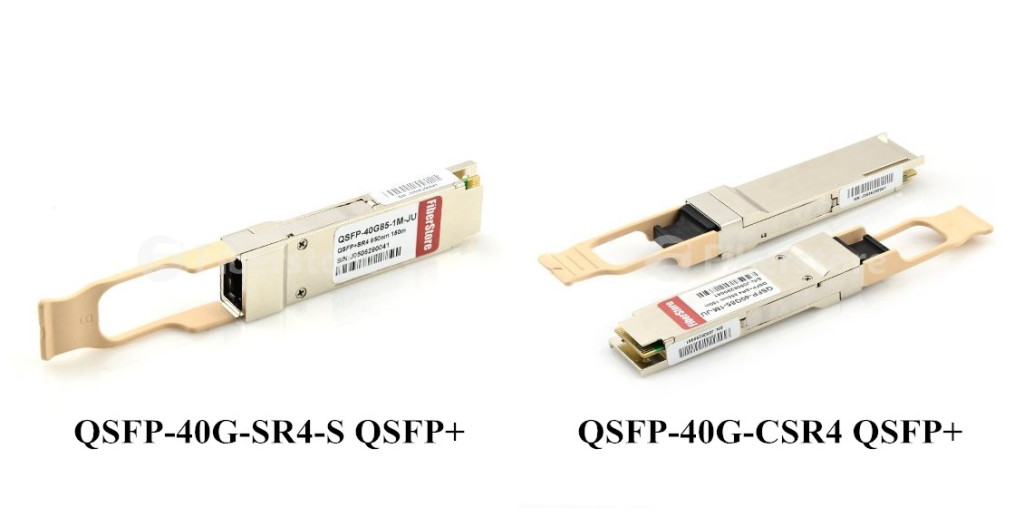The number of network connections in data centers is on the rise. Data centers have to achieve ultra-high density in cabling. Multimode fiber optics is the medium of the future for satisfying the growing need for transmission speed and data volume over short distances. Parallel optics technology is what you get if you combine both trends—cabling density and the use of fiber optics. It is a suitable solution for high-performance data networks in data centers. This passage provides introductory information on parallel optics technology.
What Is Parallel Optics?
Parallel optics is a term used to represent both a type of optical communication and the devices on either end of the link that transmit and receive information. It differs from traditional fiber optic communication in that data is simultaneously transmitted and received over multiple optical fibers. In parallel optical communication, the devices on either end of the link contain multiple transmitters and receivers. For example, four transmitters on End A communicate with four receivers on End B, spreading a single stream of data over four optical fibers. With this configuration, a parallel optics transceiver can use four 2.5Gb/s transmitters to send one 10Gb/s signal from A to B.
Parallel optical devices are fundamentally different in construction from serial optical devices. Two complementary technologies have enabled the development and deployment of parallel optics devices: vertical cavity surface emission lasers (VCSELs) and the MPO connector. Parallel optic transmission technology spatially multiplexes or divides a high-data-rate signal among several fibers that are simultaneously transmitted and received. At the receiver, the signals are de-multiplexed to the original high-data-rate signal. MPO connectivity is used throughout the parallel optic link and interfaces into the transceiver module. An MPO connector and its connectivity method is showed in the picture below (Tx stands for transmit, Rx stands for receive).

Applications of Parallel Optics Technology
Parallel optic interfaces (POIs) are a fiber optic technology primarily targeted for short-reach multimode fiber systems (less than 300 meters) that operate at high data rates. Duplex fiber serial transmission with a directly modulated 850 nm VCSEL has been used to date for data rates up to 10G. Current and future protocols expected to use parallel optics include 40G and 100G Ethernet, InfiniBand and Fibre Channel speeds of 32G and higher. IEEE has already included physical layer specifications and management parameters for 40Gbps and 100Gbps operation over fiber optic cable. The uses of parallel optics technology continues to evolve and takes shape as higher-speed fiber optic transmission. Many cabling and network experts have pointed out that parallel optical communication supported with MPO technology is currently a way to equip an environment well prepared for the 40/100GbE transmission.
Why Choose Parallel Optics?
Parallel optical communication uses multiple paths to transmit a signal at a greater data rate than the individual electronics can support. Parallel transmission can either lower the cost of a given data rate (by using slower, less expensive optoelectronics) or enable data rates that are unattainable with traditional serial transmission. Moreover, POIs offer an economical solution that utilizes multimode fiber, which is optimized with VSCEL sources. This means that for speeds faster then 16G, parallel optics, is the most practical, cost-effective solution.
Parallel optics is one technology currently on the market for high data rates networking solutions. Fiberstore is a professional manufacturer and supplier, which offers a large amount of cables and transceivers for your parallel optics applications, such as QSFP+ transceiver and QSFP+ cable. Parallel optical transceivers used for 40GBASE-SR4 and 40GBASE-CSR4 have 10-Gbps electrical lanes that are mirrored in the optical outputs.





